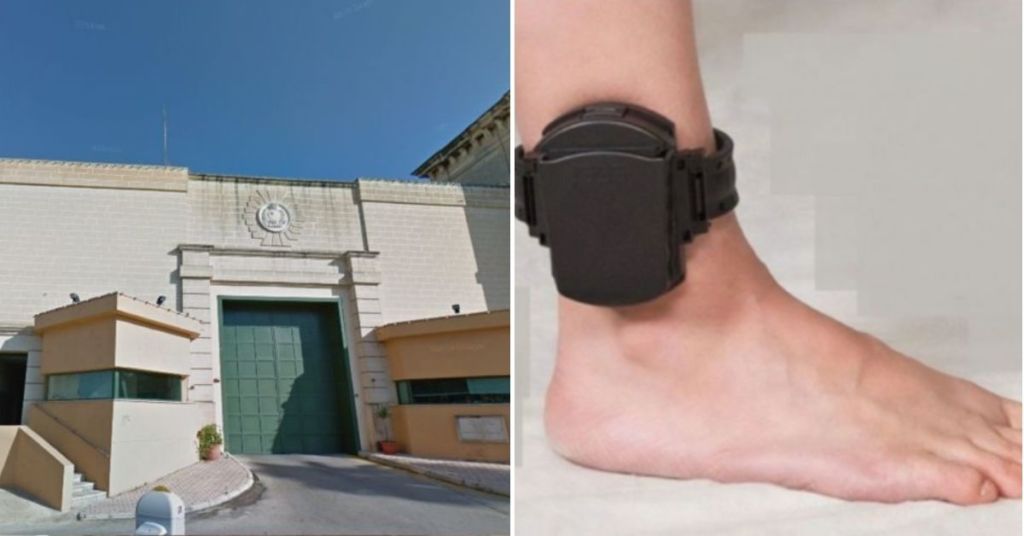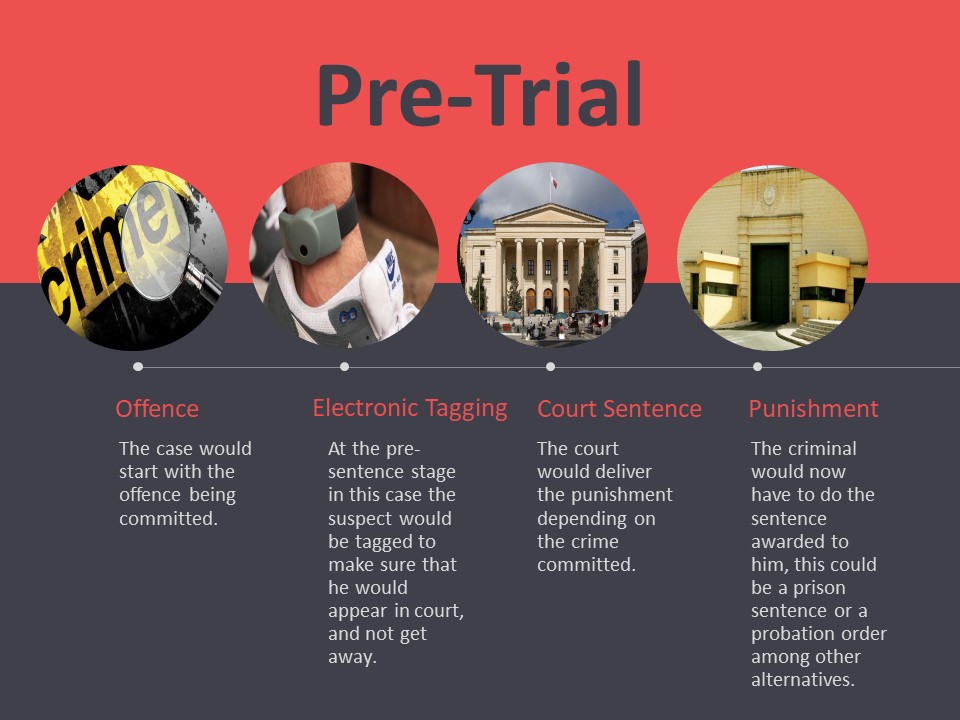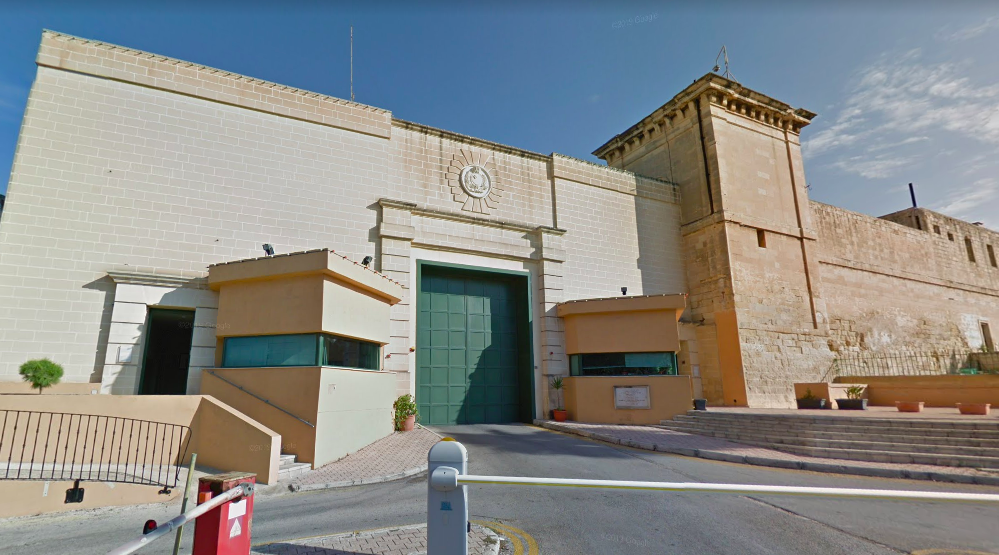GUEST POST: Why Malta Should Consider Electronic Tagging For Some Prisoners

“Every move you make, every step you take, I’ll be watching you”
A popular saying in the surveillance and probation field is that, in order to truly know what the person is doing and what choices he is going for, you would need to practically live with them.
From a practical standpoint, we all recognize the impossibility of this situation. But isn’t electronic tagging the closest we can get to this ideal?
Locally the first attempt to introduce the system was back in 2009 when the Restorative Justice Task Force recommended the establishment of the system at both the pre-trial and sentencing phase of the criminal justice system.
Unfortunately, it did not materialise, and the entire system was shelved over cost concerns.
This was also brought up during a parliamentary session dated 12th of June 2012, when MP Dr Franco Debono had flagged the need for the system locally.
Obviously, electronic tagging cannot prevent a crime from happening however it can control where a person is allowed to go. The tag can have embedded technology that creates a virtual fence around those areas where the perpetrator cannot penetrate.
If this happens, without any doubt, the user of the electronic tagging will lose his rights, and will also be arrested because they would have breached the conditions that would have been imposed on them as part of the contract for electronic tagging.
A further benefit is that the system can also address secondary victimisation which is the families of the perpetrator who may have nothing to do with the behaviour of the convicted person and would end up suffering the consequences – these could be the young children, the wife, the parents, etc.


So, giving the immediate opportunity to re-integrate with family enhances the quality of life of not only the inmate but also of the immediate family.
The concept of electronic tagging can serve many purposes but if we had to simplify, we can rest on two dimensions, which are the social aspect and the security aspect which also includes the economic perspective.
The main objectives are related to control and to have more efficient management of the offender or suspect while at the same time striking a balance between justice, victims and perpetrators.
This means that by using electronic tagging one can look into addressing issues of recidivism (the tendency of a convicted criminal to re-offend) where locally the recidivism rate is very high, giving an opportunity to the suspect or the sentenced person to reintegrate into society, find a job and continue to live a normal life while avoiding the stigma that comes with entry to prison.
To the contrary of popular beliefs, the tag also comes with a number of benefits to the victim.
It can address the fear of crime knowing that the perpetrator cannot escape, so the social combination of using electronic tagging meets the economic factor of addressing efficiency and efficacy because the cost of having a person in jail at present is very high (approximately €90 per day).

Home Affairs Minister Byron Camilleri
Home Affairs Minister Byron Camilleri revealed recently that the intention is for the system to only apply to prisoners that are serving short sentences and those who are not deemed to be a danger to society.
The question comes naturally taking into account the plethora of benefits that comes with such a system; why are we only focusing on the niche use with regards to prison?
And why are we not also seeing the benefits it can have at the pre-trial phase?
According to the most recent source locally about 30.1% of those being detained in prison are remand prisoners (still innocent and still without a sentence).
Wouldn’t it make more sense if we could grant bail to most of these inmates and use electronic tagging with them? This could give the person much-desired dignity and the opportunity to not set foot in jail and avoid the problems that are associated with the concept of prison in general.
This would also give the opportunity to the individual to be reintegrated into society, earn money, go back to school, re-integrate in different ways, and also have a better quality of life.
The minister also made reference to the fact that this can also be used in collaboration with home arrests.

Here one has to understand that in reality this is only one use of the system and technically speaking the concept of home arrest is not defined legally since popular arguments were laid out that there is no purgatory in this argument.
Bail can either be granted and the accused would await the sentence in society or if not granted the accused would have to await trial while being a remand prisoner and there is no middle ground.
At the pre-trial phases, as previously discussed, this can only be used as a bail condition, or even with a treatment order where with the inclusion of electronic tagging the court can be certain that in fact, the individual would be going to these sessions.
In cases of the sentencing phase, the concept can flourish more, taking into account that at the pre-trial phase the individual would be innocent. The tag here can be used as an alternative to imprisonment, something which is already being tested with the pilot project currently being done at the Corradino Correctional Facility.
Instead of being sent to prison the inmate would spend time under electronic tagging with some certain conditions and would avoid future problems that would arise when one would go to prison for the first time.
Electronic tagging can also be used as an accessory with a probation order, where alongside the traditional supervision the tag could render the job of a probation officer and the probation order, in general, more effective.
The list would be endless because the tag can also be used in collaboration with suspended sentences, in collaboration with community work, or even as part of the parole conditions among other uses.
But how practical can this be and is it suitable in the Maltese context?
Prison has been here forever, and locally crime has been on the increase and so has recidivism, so should we try something else now, knowing that to a certain aspect we have failed to have a safer society?
I’ll leave that one to you.
Leon Farrugia is a criminology graduate whose thesis focused on electronic monitoring as an alternative to imprisonment. He is currently reading for a Masters in Probation Services.
Lovin Malta is open to external contributions that are well written and thought-provoking. If you would like your commentary to be featured as a guest post, please write to [email protected], add Guest Post in the subject line and attach a profile photo for us to use near your byline. Contributions are subject to editing and do not necessarily represent Lovin Malta’s views.
